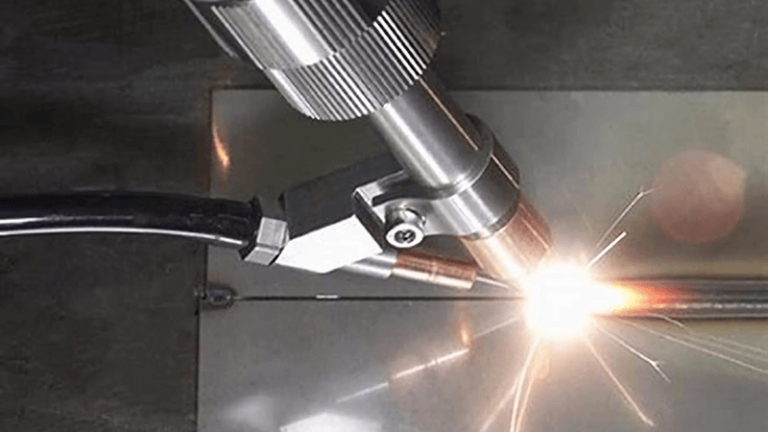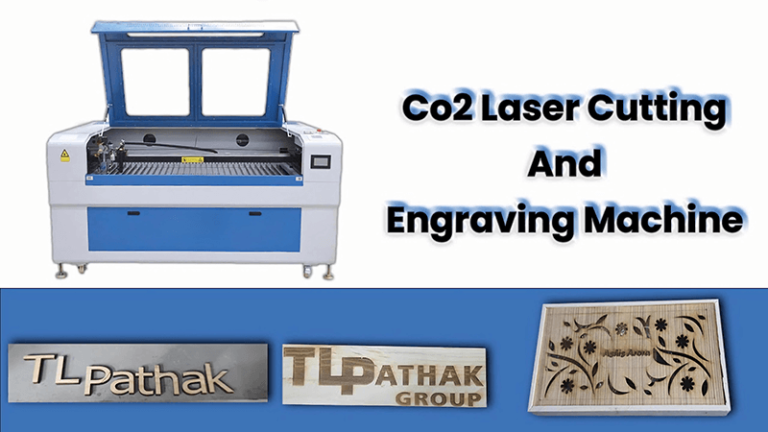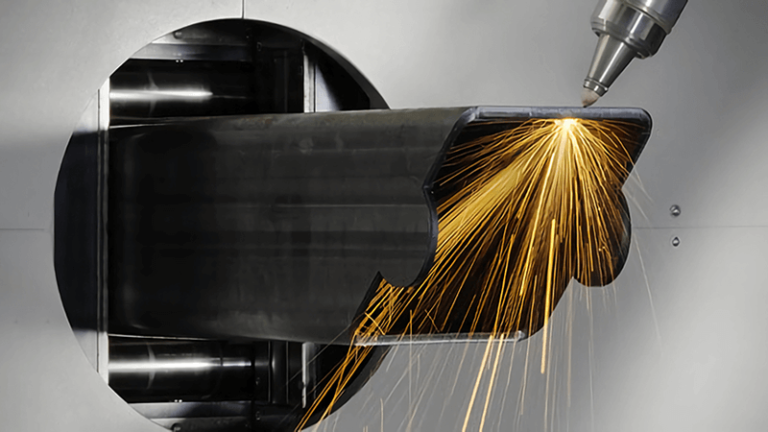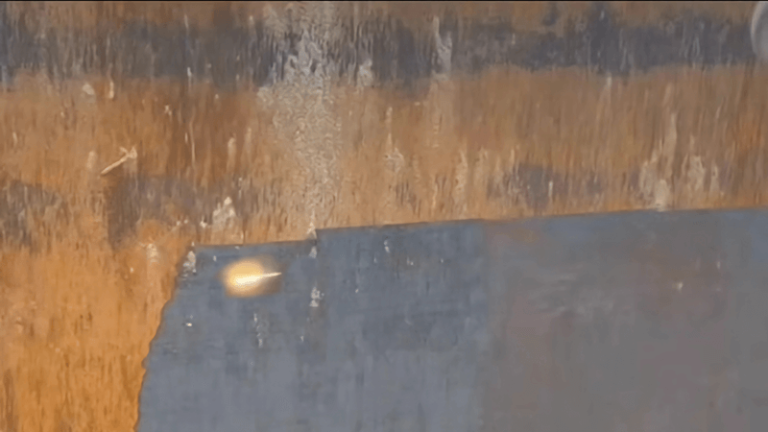Choosing the right tool no longer means tolerating grit, fumes, or waste. With a laser, I strip paint with only light, and the metal shines while the air stays clean.
A laser cleaner removes paint by breaking the bond between coating and base without solvents or abrasives, leaving a surface ready for its next finish.
Paint is only the start. A beam also lifts rust, oil, and oxide in one pass. Keep reading and see how power, price, and real field data point to the best choice for your line.
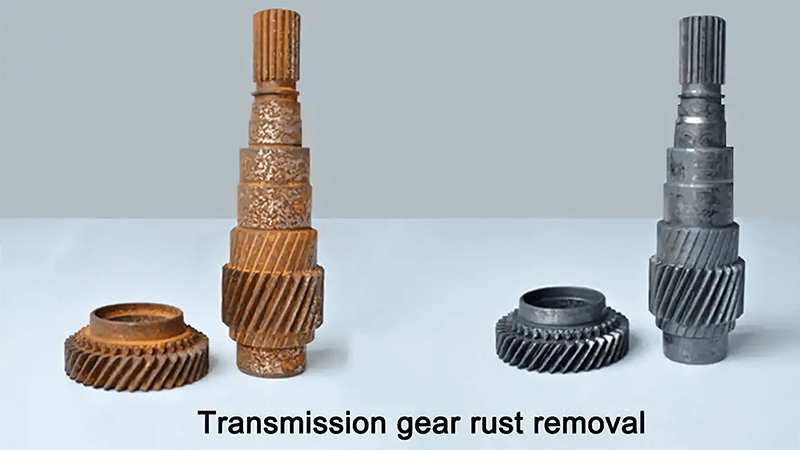
Can laser cleaning remove paint?
Removing a thick epoxy coat once took me hours of sanding and two respirators. The first time I fired a 200 W laser, the paint flashed off and the aluminum stayed cool. That small moment showed me a big future.
Yes. A pulsed laser heats the coating faster than the substrate, causing micro‑explosions that lift the paint in thin layers, while the metal remains below its melt point.
Why the beam wins
| Factor | Solvent Dip | Sand Blast | Laser Clean1 |
|---|---|---|---|
| Contact with part | None | High | None |
| Waste produced | Liquid sludge | Grit dust | Fume only |
| Risk to base | Low | Medium | Very low |
| Cycle time (door panel) | 120 min | 45 min | 18 min |
Digging deeper into the science
A coating absorbs energy based on its color and chemistry. Dark pigments soak up more photons, so they vaporize first. The laser sends micro‑second bursts; between bursts the metal cools. That duty cycle stops heat from flowing deeper, so I keep part temperature under 60 °C even on thin aluminum skins.
Paint removal has three phases: absorption, lift, and plume. First, the top microns of paint reach flash temperature and form gas pockets. Next, pressure lifts flakes from the base. Finally, the plume carries debris away; a small nozzle pulls fumes into a filter.
Different lasers suit different coatings. A 1064 nm fiber beam2 flies through clear varnish but stalls on white epoxy, so I switch to 355 nm UV for that job. Pulse width also matters. A long 200 ns pulse gives more lift force on brittle chips; a short 10 ns pulse makes smaller craters and leaves a smoother face for parts that need an immediate repaint.
I build a library of recipes: power, frequency, and scan speed for every color I see. When an aerospace client sends a composite flap track with five layers—primer, anti‑corrosive, top coat, clear—I run staged passes: 30 kHz to break the clear, 50 kHz fast sweep to pop color, then slow 20 kHz to reach primer. The carbon fiber never sees more than 70 °C, well under its cure temp.
The result is a part free of paint and stress, ready for inspection, bonding, or direct recoat. No solvent bath, no media disposal, and no hand sanding. That is why laser cleaning keeps winning new fans every month.
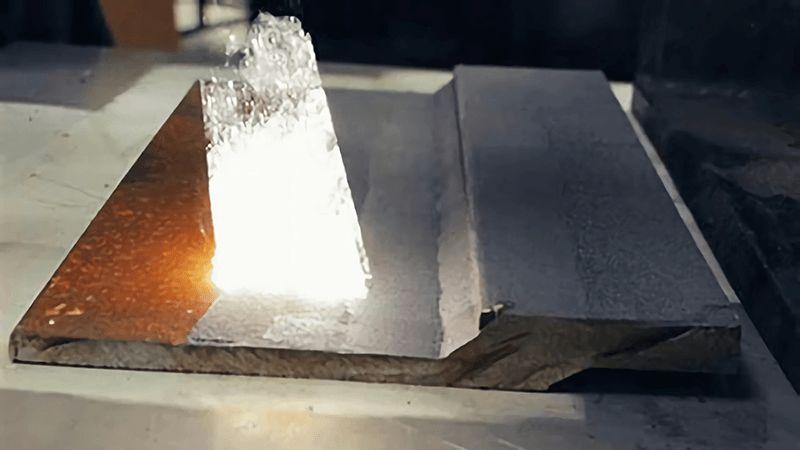
How much does a laser paint stripping machine cost?
Price was my first hurdle. I feared a six‑figure tag. Then I ran the math and saw how fast labor and media costs drop. Below is the clear list I share with every buyer.
A Kirin Laser cleaner starts at USD 3 800 for 100 W, rises to USD 5 200 for 200 W, and tops at USD 6 200 for 300 W. Higher power means thicker coats gone faster, but pay only for the speed you need.
Power vs. output
| Power | Sheet Steel (75 µm) | Aluminum (50 µm) | Max coat thickness |
|---|---|---|---|
| 100 W | 3 m²/hr | 4 m²/hr | 120 µm |
| 200 W | 6 m²/hr | 8 m²/hr | 200 µm |
| 300 W | 9 m²/hr | 12 m²/hr | 300 µm |
Deeper cost analysis
The sticker price is only line one. A full budget3 looks at power draw, filters, and downtime. At 200 W I pull 1.6 kW from the wall—less than a small air compressor. A five‑stage HEPA filter lasts six months in a two‑shift shop and costs USD 90 to change. Compare that to ten bags of blast grit a week plus transport fees.
Labor is bigger. Stripping one truck hood with sand takes forty minutes and two operators. My 200 W unit finishes in eight minutes with one tech who can watch two stations at once. I bill labor at USD 25 per hour, so I save USD 25 per hood. The machine pays for itself after 208 hoods. A busy paint shop hits that in under three months.
Financing also helps. We arrange 36‑month leases at 7 %. On a 300 W system the monthly note is about USD 190. Skip two solvent orders and you meet that payment. Add avoided hazardous‑waste fees and you move into profit.
I show clients a full return sheet: capital, consumables, labor, energy, downtime. When the aerospace plant moved from chemical baths to our 200 W galvo unit, they freed 110 m² of floor space once used for tanks. They placed a small CNC router there and opened a new revenue stream. The laser’s true cost is best seen next to the doors it opens.
ROI snapshot4
| Metric | Before Laser | After 200 W Laser | Yearly Difference |
|---|---|---|---|
| Labor hrs/door | 0.67 | 0.13 | −80 % |
| Media & solvent | USD 10 k | USD 1.2 k | −88 % |
| Waste fees | USD 4 k | USD 400 | −90 % |
| Net savings | — | USD 23 k | — |

Do laser cleaning machines really work?
Doubt kept one auto‑body manager from signing for weeks. I carried a 100 W suitcase unit to his shop, stripped a tailgate in six minutes, and cleaned the badge recess without tape. He shook my hand on the spot.
Laser cleaners work when pulse energy, scan speed, and wavelength match the coating. Field data shows faster cycles, cooler parts, and fewer re‑sprays than any old method.
Evidence from the field
| Industry | Coating | Legacy Method | Failure Rate | Laser Failure Rate |
|---|---|---|---|---|
| Aerospace | Polyurethane | Chemical strip | 5 % delam | 0.4 % |
| Automotive | Powder coat | Blast | 8 % warp | 1.1 % |
| Heritage stone | Lead paint | Heat gun | 3 % scorch | 0 % |
Digging into performance
A laser outperforms grit because it removes only the coating. Abrasives also bite the substrate. Each micro‑cut leaves a valley that traps primer, so shops spray extra base to fill the roughness. The laser’s smooth face means thinner primer coats and lighter final weight—a deal breaker in aerospace.
Pulse width keeps heat low. In our 300 W system I set 120 ns at 30 kHz for heavy enamel. Thermal simulation shows heat penetrates only 15 µm below the surface. Aluminum’s thermal diffusivity spreads that spike fast, so the metal peaks at 55 °C, far under temper limits. No warping, no hand sanding.
Software control is the silent hero. A galvo head draws any path you load: hatch, spiral, or edge follow. I scan bar‑code plates; the software sets power, focus, and speed in one click. Operators need less skill, and results stay the same shift to shift.
Maintenance proves the claim. My CO2 blaster used to clog weekly. The fiber laser5 has one moving part—the scan head fan. I replace filters twice a year and the water chiller fluid yearly. Uptime runs at 98 %, and I monitor it through a modem that pings my phone if power draw shifts from the baseline.
Real success shows in repaint rejects. An auto line that prepped 240 door skins a day had 22 fisheye rejects a week from solvent residue. After switching to two 200 W lasers, rejects dropped to three. Paint flow stayed the same, so the ROI was not a spreadsheet dream; it was shipping volume on the dock.
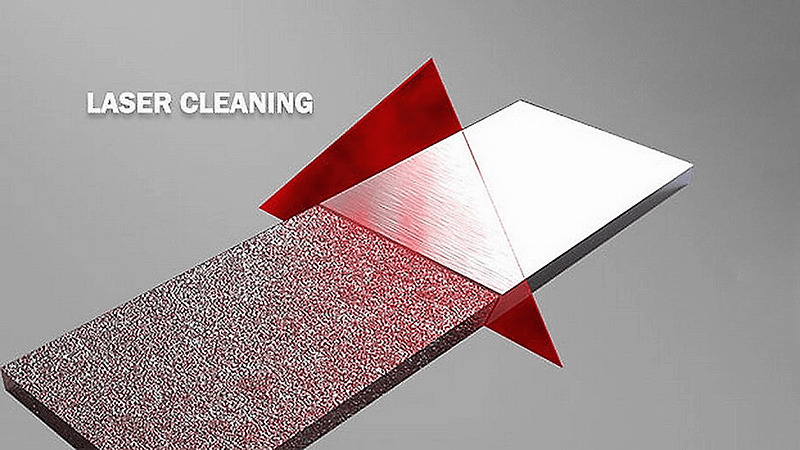
Why is laser rust removal so expensive?
Rust looks simple, yet it hides cost. Scale is porous, thick, and reflective in spots. Burning it off takes muscle—laser muscle, cooling muscle, and safety muscle.
Laser rust removal costs more because rust needs higher pulse energy, larger optics, and stricter safety. These add power and hardware yet still save money in high‑volume work where media and labor dominate.
Cost breakdown
| Component | Paint 200 W | Rust 1000 W | Delta |
|---|---|---|---|
| Laser source | USD 1 400 | USD 10 200 | ×7 |
| Optics head | USD 600 | USD 2 100 | ×3.5 |
| Cooling6 | Air | 2 kW chiller | +USD 2 800 |
| Safety cabin | Optional | Required | +USD 4 000 |
Deeper dive into the numbers
Rust eats carbon steel, forming iron oxide that reflects near‑IR more than paint does. To reach flake temperature, I raise fluence. A 1 kW fiber delivers ten times the energy per shot of a 100 W unit. That spike means more copper and rare‑earth fiber inside the source, which explains the price jump.
Beam size also grows. Paint removal7 works best at a 0.4 mm waist; rust spall flies farther, so I widen to 0.8 mm for safety. Larger optics need thicker quartz glass and better coatings, each raising cost. If you skimp here, spatter scars the lens and you lose power fast.
Cooling is non‑negotiable. A 1 kW diode stack dumps heat into a closed loop of distilled water. The chiller adds cost but keeps wavelength stable. If temperature drifts, the beam walks and you leave stripes of oxide. I once tried air cooling in a test cell; duty cycle fell to 40 %, and cycle time doubled. Lesson learned.
Safety cells8 round out the ticket. Rust jobs on bridges or rail wheels often need Class‑1 enclosures with interlocks, view windows, and fume handling. Yes, this cabin costs more than a blast hood, but it sits on wheels and parks anywhere your forklift reaches.
Even with the larger bill, the economics still prove out. A rail shop paid USD 18 k for a 1 kW system and cabin. They stripped forty wagons a month. Blast media and labor had cost USD 1 300 per wagon. The laser dropped that to USD 250 in power and filter wear. Payback came in five months, and weld repairs to thin steel web dropped by half because no grit stayed trapped behind stiffeners.

Conclusion
A laser cleaning machine9 cuts waste, saves time, and protects the base metal in ways abrasive or chemical tools cannot. By matching wavelength and power to the job, I turn hard coatings and deep rust into harmless dust while parts stay cool. The real price lies not in the invoice but in the hours, media, and rejects you leave behind. When I switch on a Kirin Laser unit and watch bright metal appear without a scratch, I see the future of surface prep—and it starts with one beam.
-
Explore how Laser Clean technology revolutionizes paint removal with minimal waste and risk, making it a preferred choice in various industries. ↩
-
Discover the science behind 1064 nm fiber beams and their effectiveness in laser cleaning, enhancing your knowledge of advanced technologies. ↩
-
Understanding a full budget helps in making informed decisions about equipment investments and operational costs. ↩
-
Learning about ROI snapshots can help you assess the financial benefits of investments and make better business decisions. ↩
-
Exploring this resource will provide insights into how laser technology enhances efficiency and quality in various industries. ↩
-
Explore how chillers enhance laser performance and stability, ensuring optimal operation and efficiency in industrial settings. ↩
-
Discover the advantages of laser technology in paint removal, offering efficiency and precision over conventional techniques. ↩
-
Learn about essential safety measures for laser operations, ensuring compliance and protection in high-risk environments. ↩
-
Click to know more details about laser cleaning machine, and get your best solutions and prices. ↩


